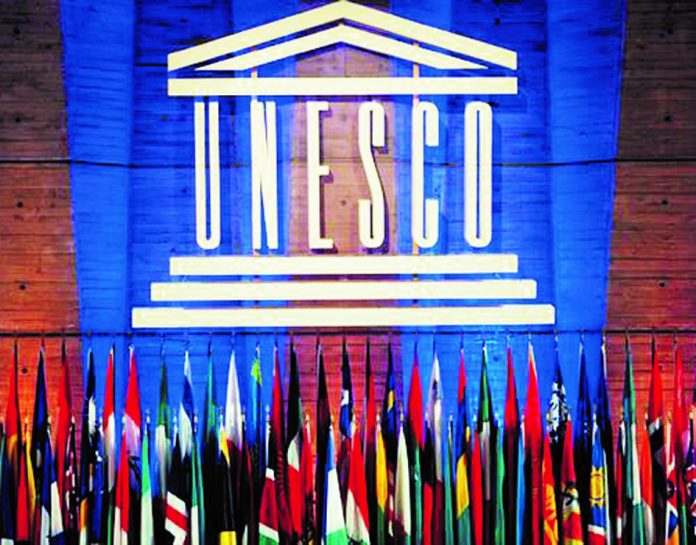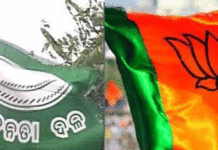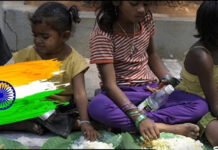This Organization should know that ‘Ancient India’ is not the present ‘political India’
When UNESCO added Konark to its heritage list, it just identified a tourist place in Odisha, famous for the site of the Sun Temple. This place missed its age-old historical identity in UNESCO’s writings. It was the City of Sun of Virgil near Panchai. It identifies Prabhasha Tirtha of Indian puranas, also called Nrusimha-kshetra, the place where Nrusimha Avatara happened. Though this place has many name forms, it specifies the Rama-setu or Rama’s Bridge of Ptolemy’s Geography. Few more lines added to Unesco’s writings would have changed the minds of world tourists on their visit to this place. That did not happen, because the decision makers are unmindful of the cultural history of this land. When Bhitara-Kanika and Sata-Bhaiya remained out of their list, this year, it marks their total ignorance of world history. Ceylonese Chronicle has preserved the history behind these ancient places, whose history dates back to pre-Christian era. Kanika and Kujanga were the two most famous Princely States of Odisha. But it is a little known fact in history that Kannitha was the King of Ceylon in 3rd century AD and Kujanga was his son. Similarly, name of Bhitara Kanika has been derived from the name of the elder brother of Kanittha. After Ekanalia famine broke out in Ceylon, King Kannittha was banished from Ceylon. He and his brother settled here with their new kingdoms. It is thus very interesting to see these two small kingdoms standing close to each other and not far away from the ‘sale sea’. Villages like Rajarasi and Okkalpal, which stand near the Hentalavana and Bhitara Kanika reminiscent of their past glory in a similar manner. But it should be clarified here that Sata-Bhaiya near Bhitara-Kanika identifies Satavahana kings of the ancient world who flourished in the 1st century BC. This ancient kingdom was submerged beneath the rising-sea, but their names are still survived in Pali literature of Sri Lanka. It is not known whether experts at UNESCO are aware of Hentalavana or not. In what ways this Hentalavana differs from the Ramasar sites requires scholars’ views. But question remains whether this name of Ramasar (in Iran, linked to Wetland Convention) derives its historical identity and connects itself with the name of Rama-Seis or Rama-Sais of ancient world. One has to refer to Pliny to get an idea of this ancient name which is also connected with Ramases II of the 12th Dynasty of Egypt. Iran may like or may not like to get identified itself with Aaron of OT, or Aruna of Pali and Indian puranas, but history has ample evidence to show that Rama-Sais was not far away from the City of Sun and also from the City of Moon near the ‘salt sea’.
Silk-Route’s heritage-link with China raises many similar questions. In UNESCO’s findings, this route connects present China with present Iran. But ancient Chin, as mentioned in the epic the Mahabharata, was a part of ‘ancient India’. This route was a trade route which identifies production of silk centres in the ancient times. User of silk products marks the seat of royal households and also ancient temple-sites. In Homeric epic, the Iliad, Troy and temple of Minerva and temple of Diana at Ephesus, are noted for their use of silk cloth-offerings for these deities. Alexander who took away Helen of Sparta, on his return journey to Troy with Helen, forcibly took some Sidon women on the way, who were then experts of silk production. Hiouen Tsiang’s accounts on ancient India of 7th century AD, describe the king of Khotan’s involvement in this silk production. Where is the present Iran and present China in this history of Silk-Route?
History, as it is written and as it is interpreted by certain scholars, is not ancient history of India at all. Silk-Route must pass through the ancient Troy or Tyre of Alexander’s historians. It can neither miss the Sun Temple nor can miss the ancient Magadha, the oldest royal kingdom on earth, through which was passing the Royal High-Road; and Asoka transported the Bodhi-Tree from his capital to port of Tamralipta via this Silk-Route for its further transportation to Ceylon by sea.
Odisha need not wait for marketed historical recognition of its ancient sites from a group of photo-lovers from outside the state. Many worshipping sites of state’s village deities stand unequalled in the historical world. Lambuapada, Orkal, and Ujjunipada villages on the bank of the river Daya of Pipili block with their rich antiquity, it can be firmly said, can contest with any of the European cities historic past, to get international recognition. But it cannot reach UNESCO’s list of heritage sites because things are decided differently elsewhere. Next year, when UNESCO bows down either to select Dwaraka, or Somanath or any other place from India for its heritage list, it should consult with experts on this line to know why ‘ancient India’ is not the present political India










































